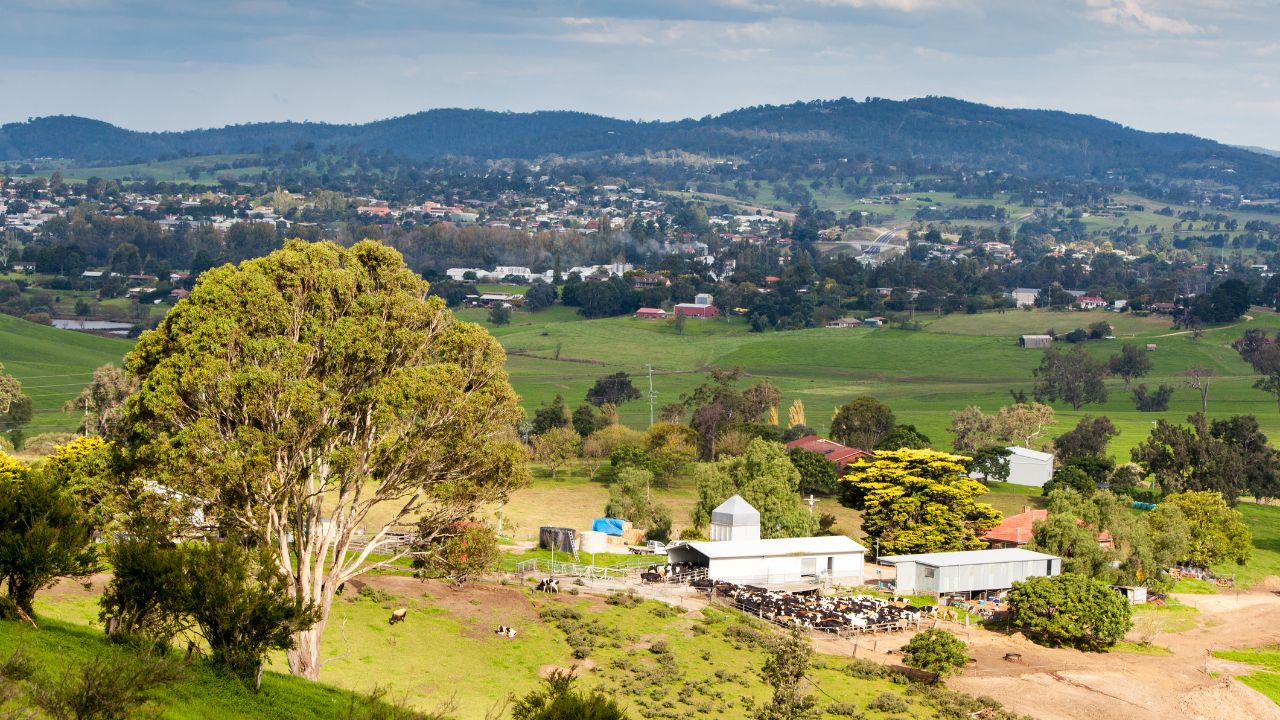Regional Australia has officially outpaced the nation’s capital city markets over the past decade, according to Ray White’s Regional Outlook 2025 report, recording almost 99 per cent house price growth compared to 85 per cent nationally.
The trend, according to Ray White Chief Economist Nerida Conisbee and Senior Data Analyst Atom Go Tian, signals a fundamental shift in Australia’s property landscape, one no longer defined by metropolitan spillover, but by the emergence of thriving, self-sustaining regional economies.
Ms Conisbee says two powerful engines have driven this transformation: lifestyle migration and the commodity cycle.
The first began years before the pandemic, when Sydney and Melbourne buyers started chasing coastal and country affordability.
“Tasmania joined this wave, leveraging its island appeal and affordability advantage,” she explains.
“As these pioneer markets matured and prices rose, demand shifted toward South Australia, which now serves as Australia’s affordability escape valve.”
At the same time, the resource-rich states of Queensland and Western Australia have been the other major growth story, fuelled by agricultural returns and mining recovery.
“Agricultural regions have delivered remarkable returns, with wheat belt areas showing 85 per cent house price growth over the decade,” Ms Conisbee says.
“Cattle regions achieved 65 per cent average appreciation, led by the Darling Downs at 97 per cent.”
Mining hubs, she adds, have rebounded strongly, particularly in Western Australia and Queensland, as the lithium and iron ore sectors revived post-pandemic.
Atom Go Tian says the data reflects just how sharply regional markets have diverged from capital city trends.
“Between 2015 and 2025, regional house prices grew 98.8 per cent to $688,000, while national house prices grew only 84.7 per cent to $950,000,” he says.
“As it stands, regional house prices represent 72 per cent of national prices, up from around 65 per cent historically – the narrowest this gap has ever been.”
He attributes the acceleration to two overlapping shifts: the affordability exodus from major cities and the pandemic’s role in making remote work viable.
“From 2020 onwards, regional house price growth began to diverge from national growth due to affordability-driven lifestyle migration and commodity cycle booms,” he says.
Beyond the headline numbers, Ms Conisbee says regional Australia is now entering a new phase of maturity.
“This dual-engine growth has positioned regional Australia as a genuine alternative to metropolitan living, with sustainable foundations beyond simple city offsets,” she says.
“Regional markets now represent genuine economic opportunities alongside lifestyle benefits, supported by infrastructure investment, commodity prosperity, and permanent demographic shifts that signal a lasting transformation in Australia’s settlement patterns.”

